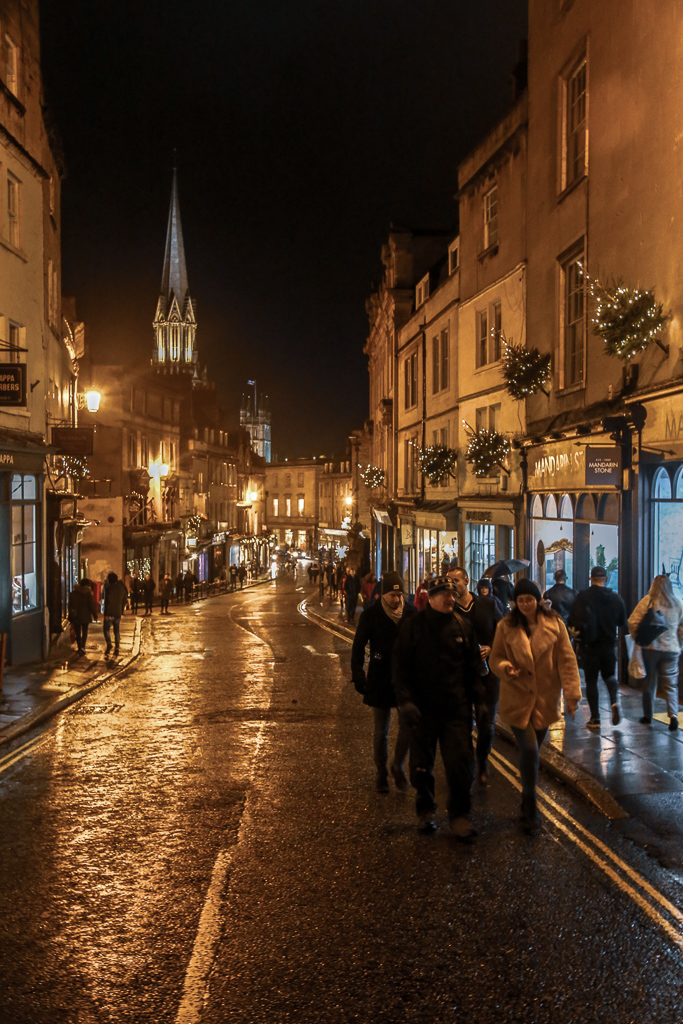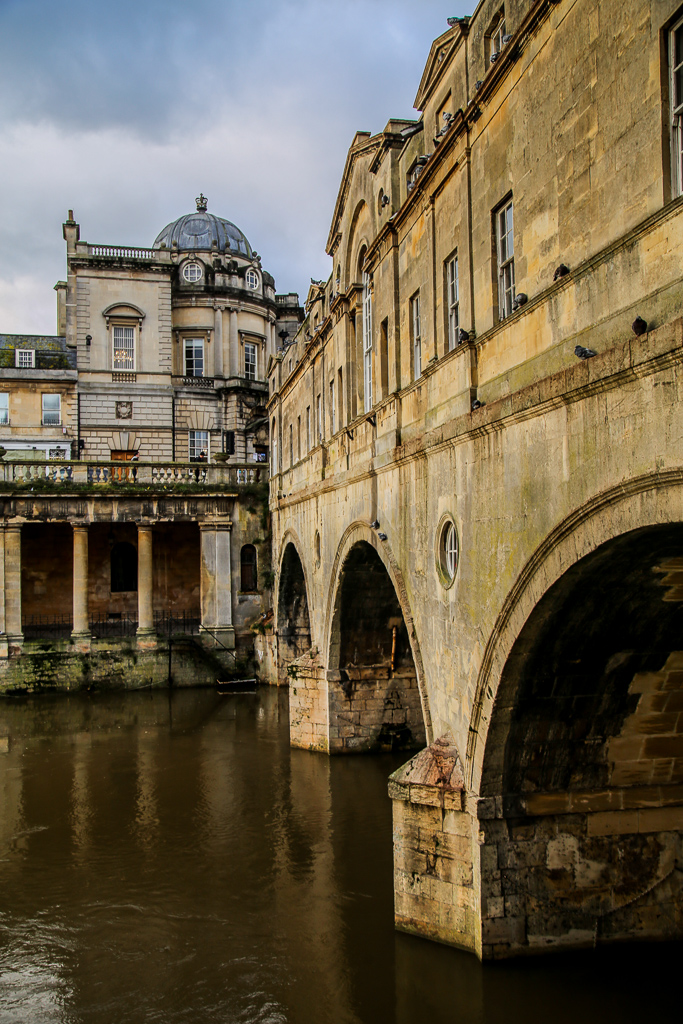A UNESCO World Heritage site, Bath has been celebrated for its natural hot springs for nearly two millennium. The Romans called it Aquae Sulis, the waters of Sulis, during their occupation of Britain and left behind the ruins of a massive bathhouse complex. This historically fashionable town was frequently recommended as a place for R&R for the British upper class. It was also home to Jane Austen in the 19th century.
From London take a one and a half hour train direct to the Bath Spa Station.
EAT
Blue Quails Deli A charming spot for breakfast, coffee or lunch near the Pulteney Bridge.
Chez Dominique Romantic and cozy French restaurant with a good wine list.
Sally Lunns House Good luck getting a seat. Try the Lunn bun. Recommended by a friend.
DRINK
Roots & Shoots Friendly, vegan cafe near the train station.
The Bell Inn Not for the faint (or sober) of heart, but a fun dive with live music.
PLAY
Artisan Market A Saturday market at Queen Square.
Bath Abbey Medieval splendor.
The Circus and The Royal Crescent The terraced houses of both areas are some of the greatest examples of Georgian architecture in England.
Pulteney Bridge
The Roman Baths Visit the museum and ruins of a nearly two thousand year old bathhouse.
Thermae Spa The verdict is still out on this three-level spa. It is one of the only places today to bath in hot spring pools and has a stunning view from the roof-top pool. But, we felt the water temperature was too low and the £40 weekend entrance fee too high.
STAY
Bath is small and busy on the weekends, so stay within walking distance of the Baths and Abbey. We loved No. 15 Great Pulteney, a charming, boutique hotel on a beautiful street.










